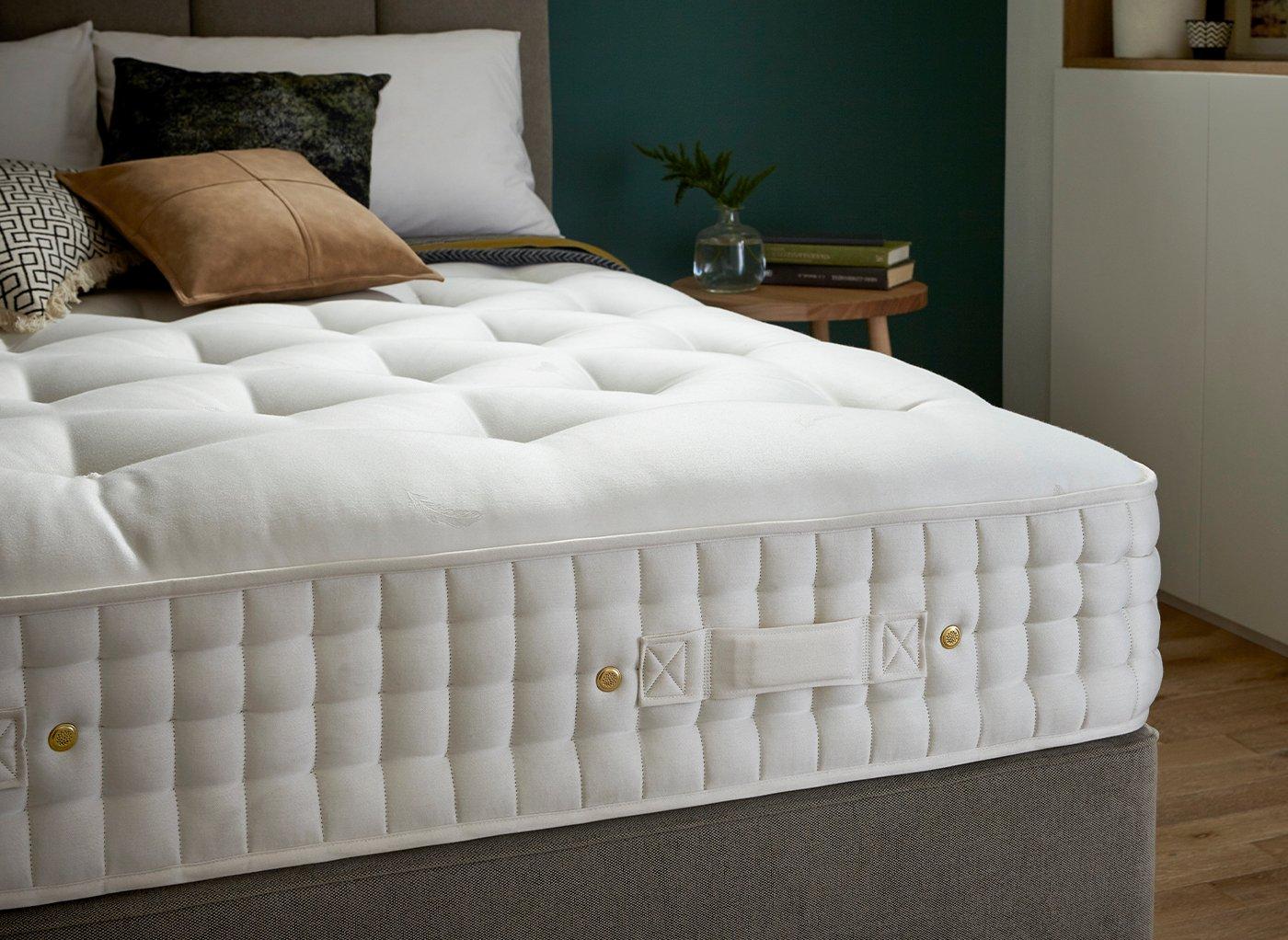1. Kitchen Sink Faucet
The kitchen sink faucet is an essential part of any kitchen. It is responsible for delivering clean water for cooking, cleaning, and drinking. Without a functioning faucet, a kitchen sink becomes practically useless. That's why it's important to choose a high-quality faucet that can withstand daily use and provide a steady stream of water.
If you're in the market for a new kitchen sink faucet, there are several factors to consider before making a purchase. The material, style, and features of the faucet can all impact its durability and performance. You'll also want to make sure it matches the overall design of your kitchen. With the right faucet, you can elevate the functionality and aesthetic of your kitchen sink.
2. Water Filter for Kitchen Sink
While tap water is generally safe to drink, it can still contain impurities and chemicals that affect its taste and quality. Installing a water filter for your kitchen sink is an easy and effective way to ensure that your drinking water is clean and safe.
There are various types of water filters available, such as activated carbon filters, reverse osmosis filters, and ultraviolet filters. Each type has its own benefits and uses, so it's important to do some research and choose the one that best fits your needs. With a water filter in place, you can enjoy fresh and clean drinking water right from your kitchen sink.
3. Kitchen Sink Clogged with Water
A clogged kitchen sink can be a major inconvenience and can disrupt your daily routines. It can also cause unpleasant odors and potential water damage if left untreated. If you notice that your kitchen sink is draining slowly or not at all, it's likely that there is a clog somewhere in the pipes.
To unclog a kitchen sink, you can try using a plunger or a drain snake. If these methods don't work, it's best to call a professional plumber who can use specialized tools to clear the clog. Regular maintenance, such as avoiding dumping grease and food scraps down the drain, can also help prevent future clogs.
4. Kitchen Sink Water Pressure
Water pressure refers to the force of the water flow from your kitchen sink faucet. Low water pressure can make it difficult to wash dishes and fill pots, while high water pressure can cause splashing and waste water. It's important to find a balance and ensure that your kitchen sink has adequate water pressure.
If you're experiencing low water pressure, it could be due to a clogged aerator or a faulty water pressure regulator. In some cases, the main water line may also be causing the issue. To fix this, you may need to clean or replace the aerator, adjust the water pressure regulator, or call a plumber to check the main water line.
5. Kitchen Sink Water Dispenser
Having a water dispenser installed in your kitchen sink can be a convenient and eco-friendly option. Instead of constantly buying plastic water bottles, you can simply fill up a glass or a reusable water bottle from your kitchen sink dispenser. It also provides easy access to hot or cold water for cooking and drinking.
When choosing a kitchen sink water dispenser, make sure to consider the size and style that will fit best with your sink and kitchen decor. You may also want to choose a dispenser with a built-in water filter for added convenience. With a water dispenser, you'll always have clean and refreshing water at your fingertips.
6. Kitchen Sink Water Heater
For those who love to cook and bake, a kitchen sink water heater can be a game-changer. It provides instant hot water for washing dishes, making tea or coffee, and other tasks that require hot water. Instead of waiting for the water to heat up on the stove or in the microwave, you can simply turn on the hot water faucet and get to work.
Kitchen sink water heaters come in different types, such as tankless, under sink, and over sink models. Each has its own pros and cons, so it's important to consider your needs and budget before making a decision. With a kitchen sink water heater, you can save time and energy in the kitchen.
7. Kitchen Sink Water Leak
A water leak from your kitchen sink can lead to a range of problems, from water damage to mold and mildew growth. It's important to address a water leak as soon as possible to prevent further damage and costly repairs.
If you notice a water leak from your kitchen sink, the first step is to locate the source of the leak. It could be a loose or damaged pipe, a faulty seal, or a crack in the sink itself. Depending on the severity of the leak, you may be able to fix it yourself or you may need to call a plumber for professional assistance.
8. Kitchen Sink Water Drain
The water drain in your kitchen sink is responsible for removing dirty water and waste from your sink. Over time, it can become clogged with food scraps, grease, and other debris, causing slow draining or standing water in the sink.
To keep your kitchen sink water drain functioning properly, it's important to regularly clean it out and avoid putting large food scraps or grease down the drain. You can also use natural drain cleaners or a mixture of baking soda and vinegar to keep the drain clear and free of odors.
9. Kitchen Sink Water Supply Line
The water supply line is the pipe that brings clean water into your kitchen sink. It's important to regularly check and maintain this pipe to ensure that your kitchen sink has a steady supply of clean water.
If you notice any leaks, rust, or other damage to the water supply line, it's best to contact a plumber to fix the issue. They may need to replace the entire line or just a section, depending on the extent of the damage. Regular maintenance can help prevent major issues with your water supply line.
10. Kitchen Sink Water Shut Off Valve
The water shut off valve for your kitchen sink is an important safety feature that allows you to quickly turn off the water supply in case of an emergency or a plumbing issue. It's important to know where this valve is located and how to use it in case of an emergency.
If you're unsure about the location of your kitchen sink's water shut off valve, you can consult a plumber or check your home's blueprints if available. It's also a good idea to periodically test the valve to make sure it's functioning properly. In the event of a major plumbing issue, being able to quickly turn off the water can save you from potential water damage and costly repairs.
Kitchen Sink and Water: A Perfect Combination for a Functional and Stylish Kitchen Design
Efficient Use of Kitchen Sink and Water in Designing a Modern Kitchen
:max_bytes(150000):strip_icc()/water-overflowing-in-kitchen-sink-200553937-001-5797e6335f9b58461f5a6736.jpg)
Maximizing Functionality
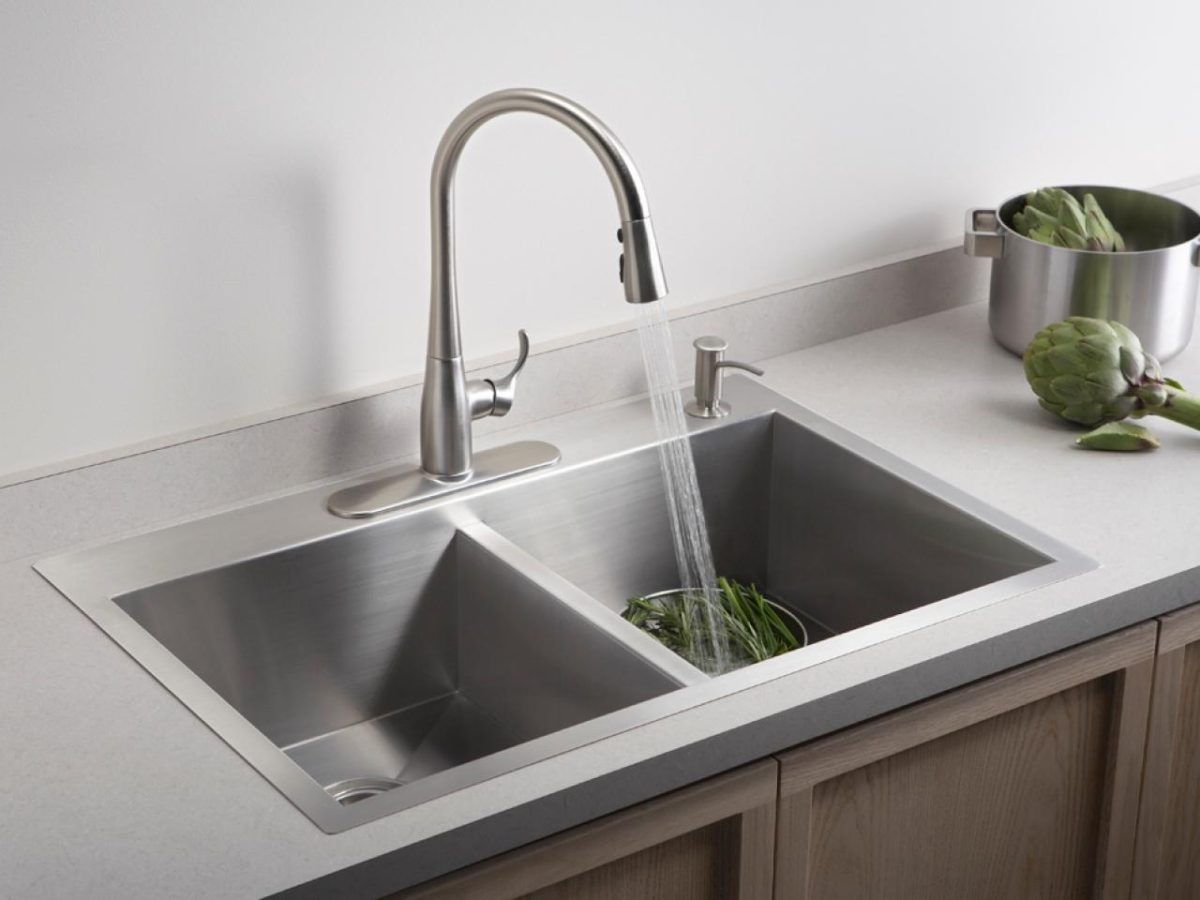 When it comes to designing a kitchen, the
kitchen sink and water
are essential elements that should not be overlooked. These two components work together to provide a functional and efficient space for cooking, cleaning, and food preparation. With the right placement and design, the kitchen sink and water can greatly enhance the overall functionality of your kitchen.
When it comes to designing a kitchen, the
kitchen sink and water
are essential elements that should not be overlooked. These two components work together to provide a functional and efficient space for cooking, cleaning, and food preparation. With the right placement and design, the kitchen sink and water can greatly enhance the overall functionality of your kitchen.
Choosing the Right Sink
 The first step in designing a kitchen with
kitchen sink and water
is to choose the right sink. There are many options on the market, including single and double basin sinks, farmhouse sinks, and undermount sinks. Consider your cooking and cleaning needs when selecting a sink. If you do a lot of dishes by hand, a double basin sink may be the best option. If you have limited counter space, a single basin sink may be a better choice. Additionally, consider the material of the sink. Stainless steel and porcelain are popular choices, as they are durable and easy to clean.
The first step in designing a kitchen with
kitchen sink and water
is to choose the right sink. There are many options on the market, including single and double basin sinks, farmhouse sinks, and undermount sinks. Consider your cooking and cleaning needs when selecting a sink. If you do a lot of dishes by hand, a double basin sink may be the best option. If you have limited counter space, a single basin sink may be a better choice. Additionally, consider the material of the sink. Stainless steel and porcelain are popular choices, as they are durable and easy to clean.
Optimizing Water Usage
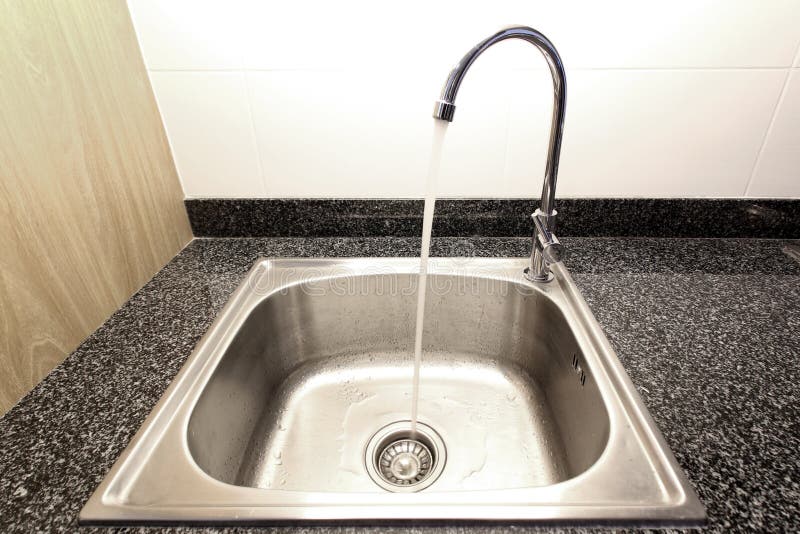 Water is a precious resource, and in today's world, it is essential to design a kitchen that optimizes water usage. This can be achieved through the use of
low-flow faucets and water-saving features
on appliances such as dishwashers. Additionally, installing a water filtration system under the sink can provide clean and safe drinking water, reducing the need for plastic water bottles.
Water is a precious resource, and in today's world, it is essential to design a kitchen that optimizes water usage. This can be achieved through the use of
low-flow faucets and water-saving features
on appliances such as dishwashers. Additionally, installing a water filtration system under the sink can provide clean and safe drinking water, reducing the need for plastic water bottles.
Incorporating Style
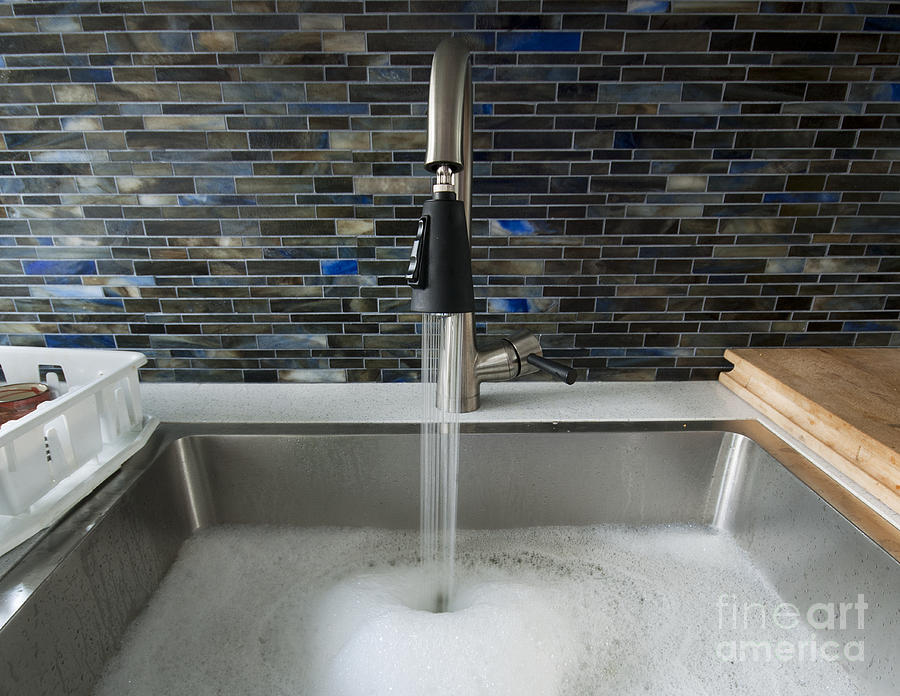 Aside from functionality, the
kitchen sink and water
can also add style and personality to your kitchen. Consider incorporating a unique faucet in a bold color or design, or choose a sink with an interesting shape or material. This can add a touch of elegance and character to your kitchen design.
Aside from functionality, the
kitchen sink and water
can also add style and personality to your kitchen. Consider incorporating a unique faucet in a bold color or design, or choose a sink with an interesting shape or material. This can add a touch of elegance and character to your kitchen design.
Maintaining a Clean and Organized Space
 Properly designing the
kitchen sink and water
can also help maintain a clean and organized space. By strategically placing the sink near the dishwasher and garbage disposal, it creates an efficient workflow for cleaning and disposing of waste. Additionally, incorporating storage solutions such as a sink caddy or pull-out organizer can keep cleaning supplies and sponges easily accessible and out of sight.
In conclusion, the
kitchen sink and water
are crucial elements in creating a functional and stylish kitchen. By carefully considering the placement, design, and features of these components, you can optimize their usage and enhance the overall design of your kitchen. So when designing your dream kitchen, don't forget to give proper attention to the kitchen sink and water.
Properly designing the
kitchen sink and water
can also help maintain a clean and organized space. By strategically placing the sink near the dishwasher and garbage disposal, it creates an efficient workflow for cleaning and disposing of waste. Additionally, incorporating storage solutions such as a sink caddy or pull-out organizer can keep cleaning supplies and sponges easily accessible and out of sight.
In conclusion, the
kitchen sink and water
are crucial elements in creating a functional and stylish kitchen. By carefully considering the placement, design, and features of these components, you can optimize their usage and enhance the overall design of your kitchen. So when designing your dream kitchen, don't forget to give proper attention to the kitchen sink and water.
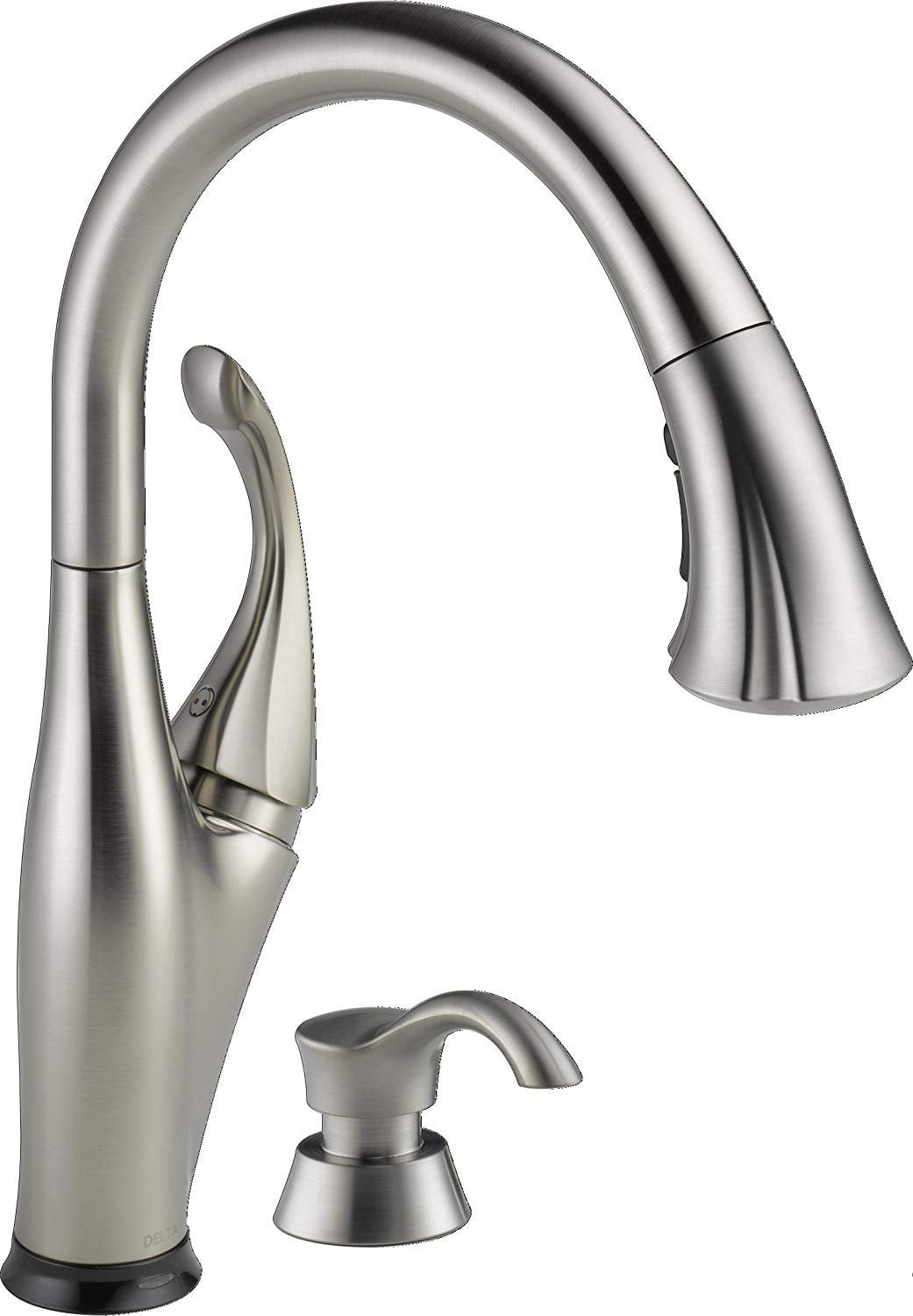



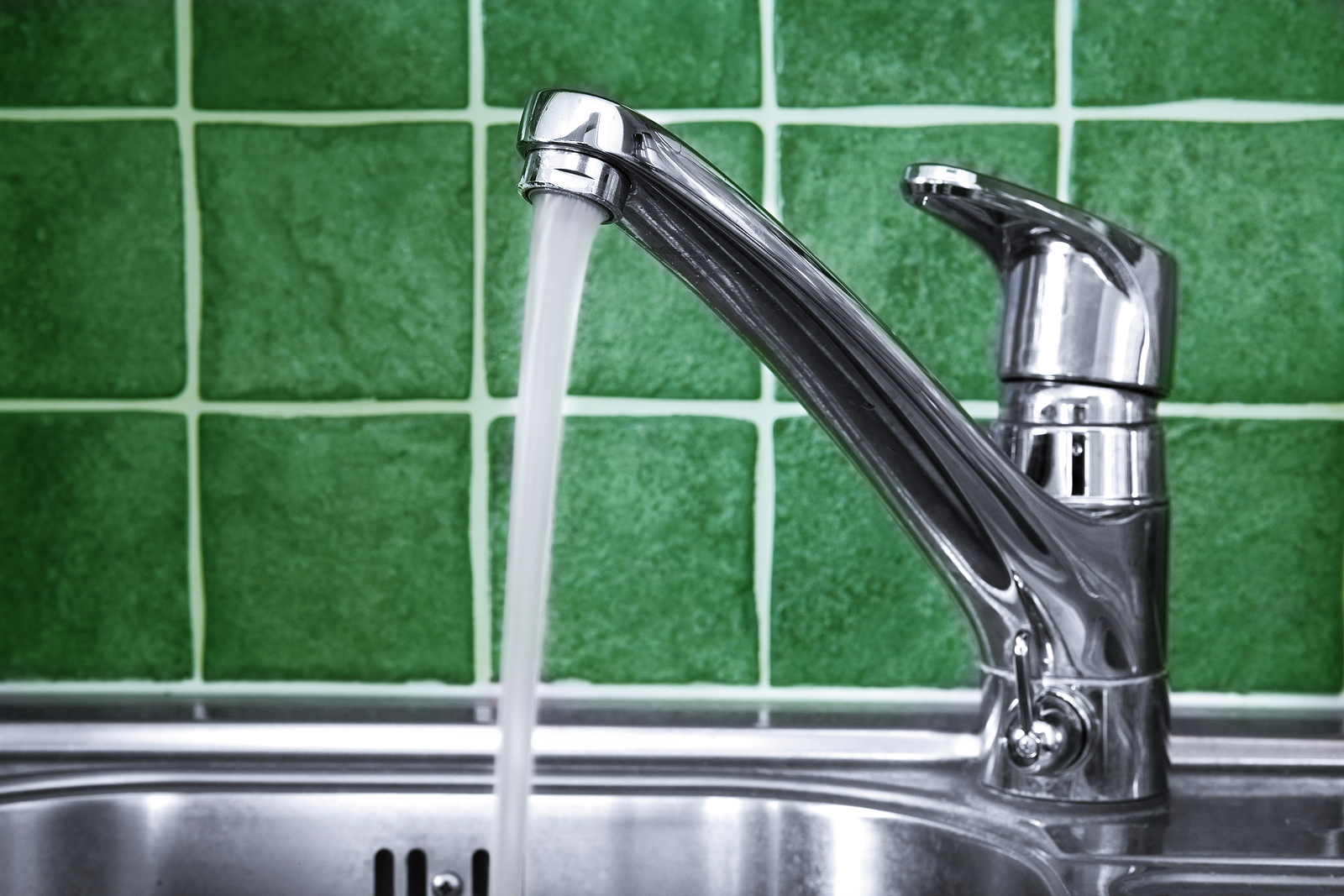


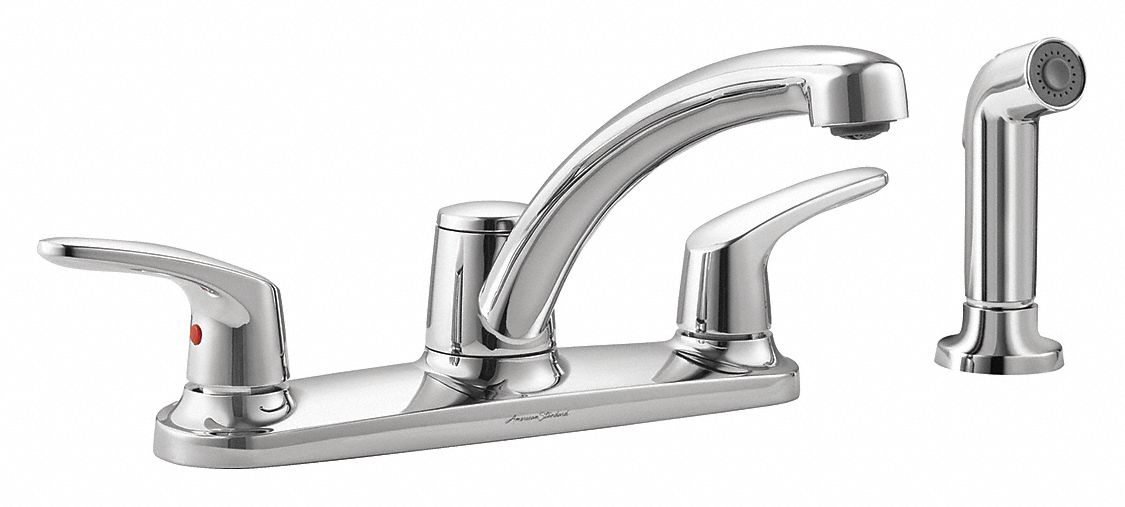



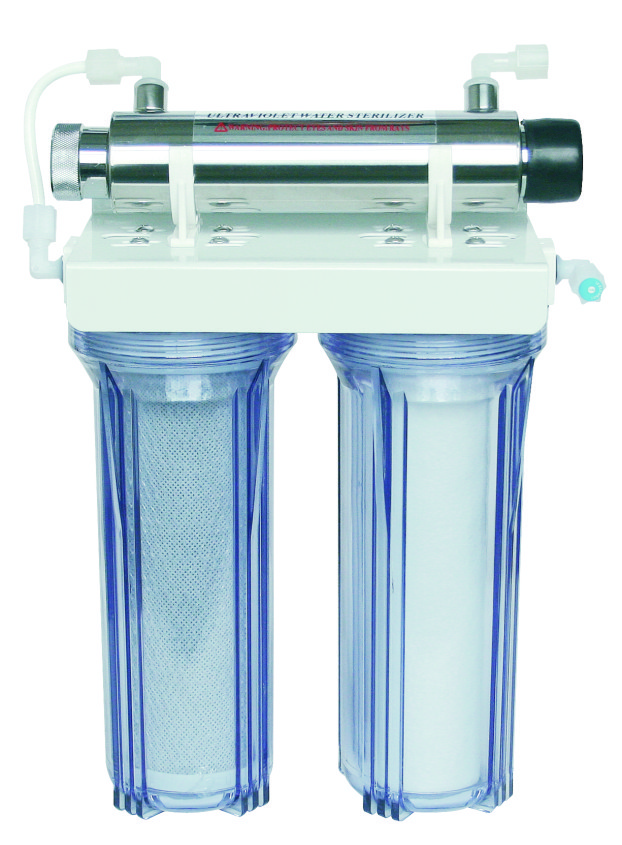


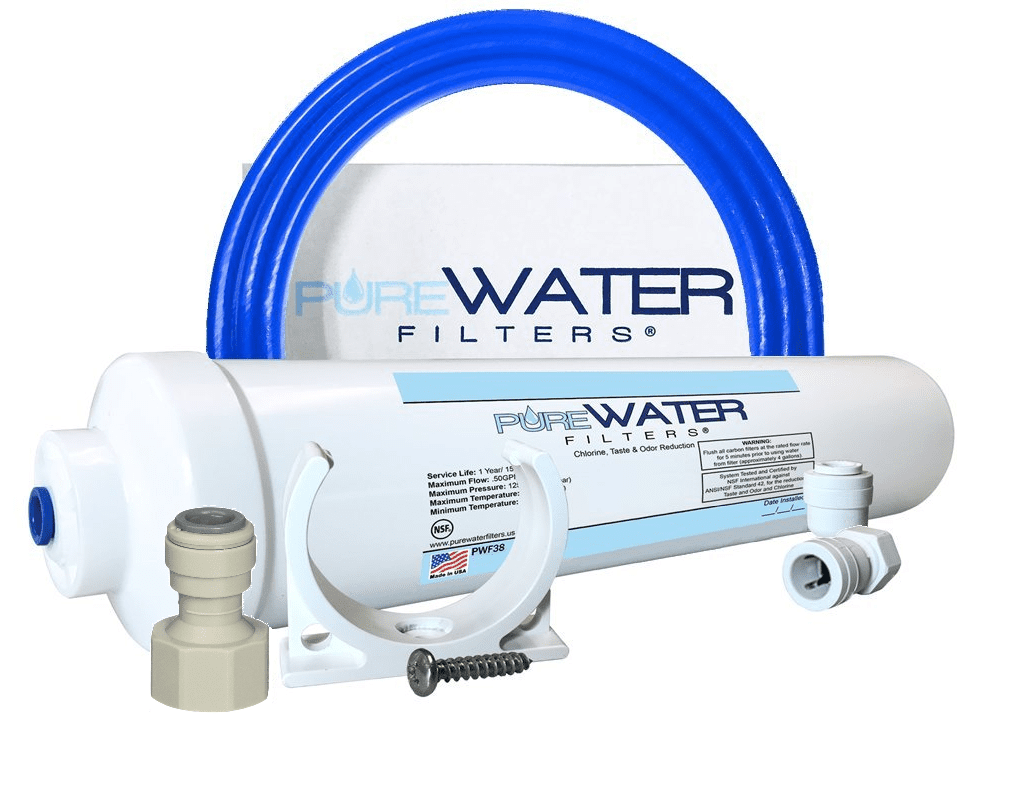

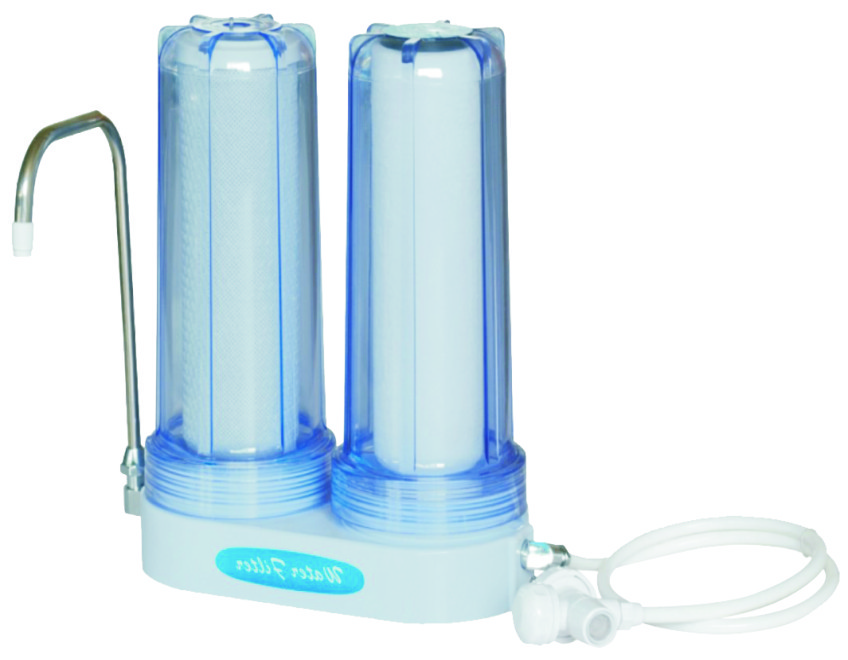

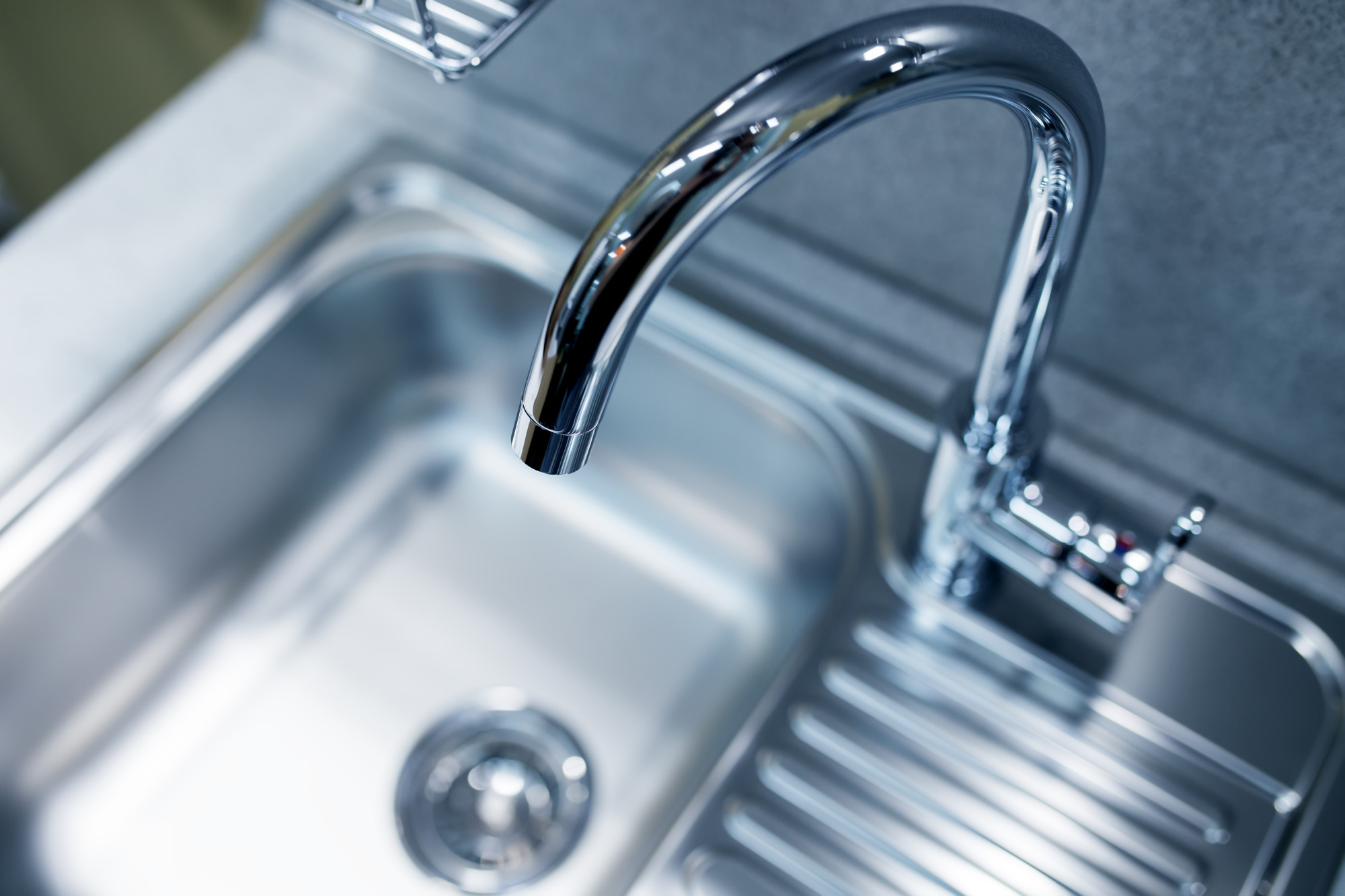








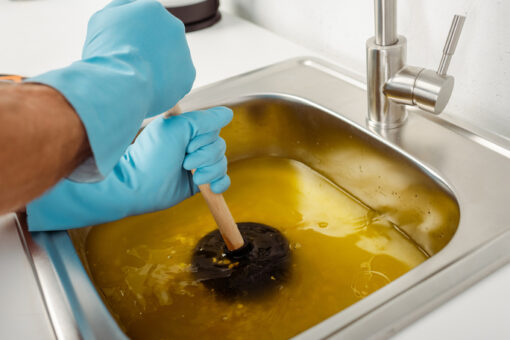




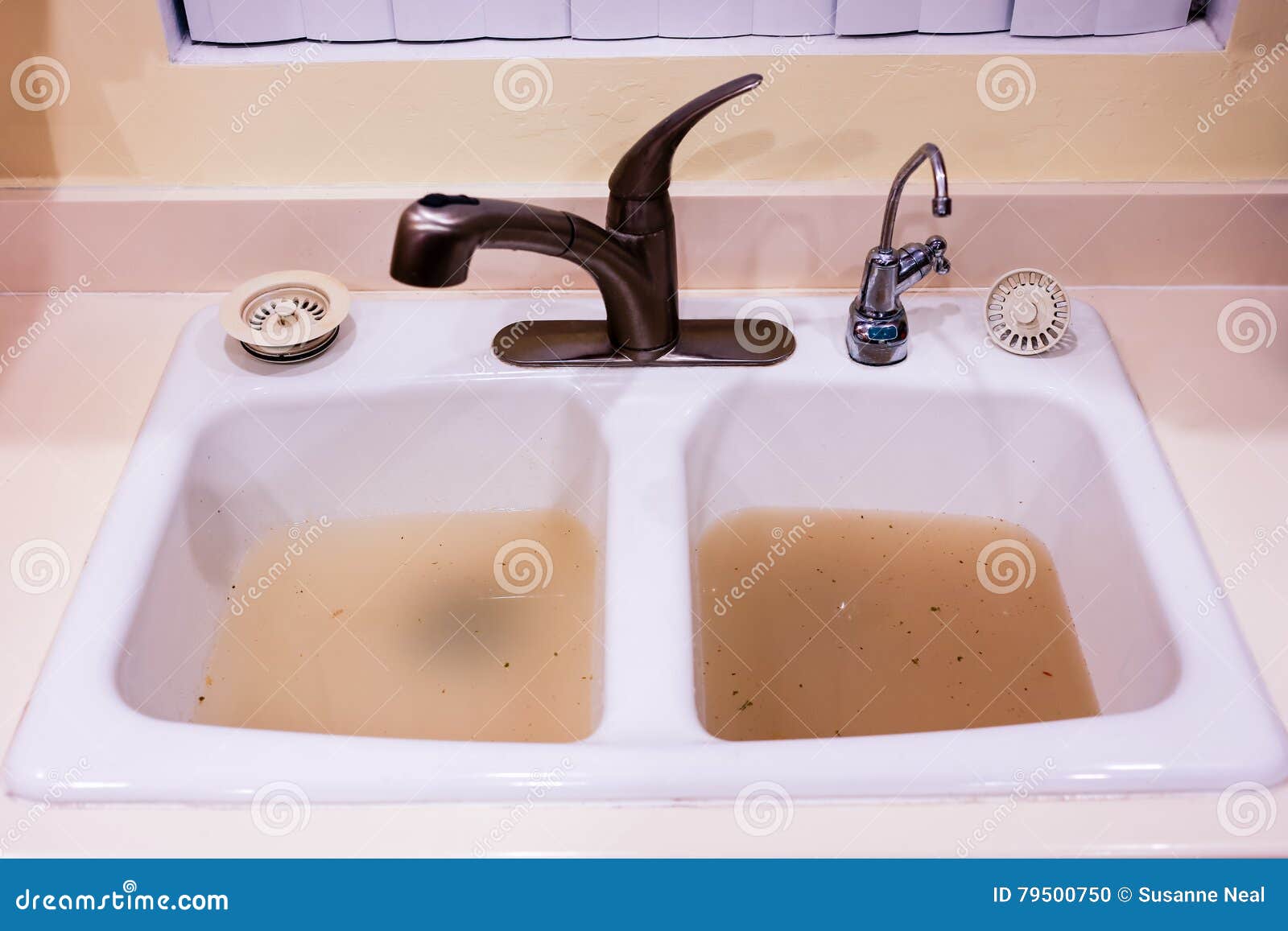














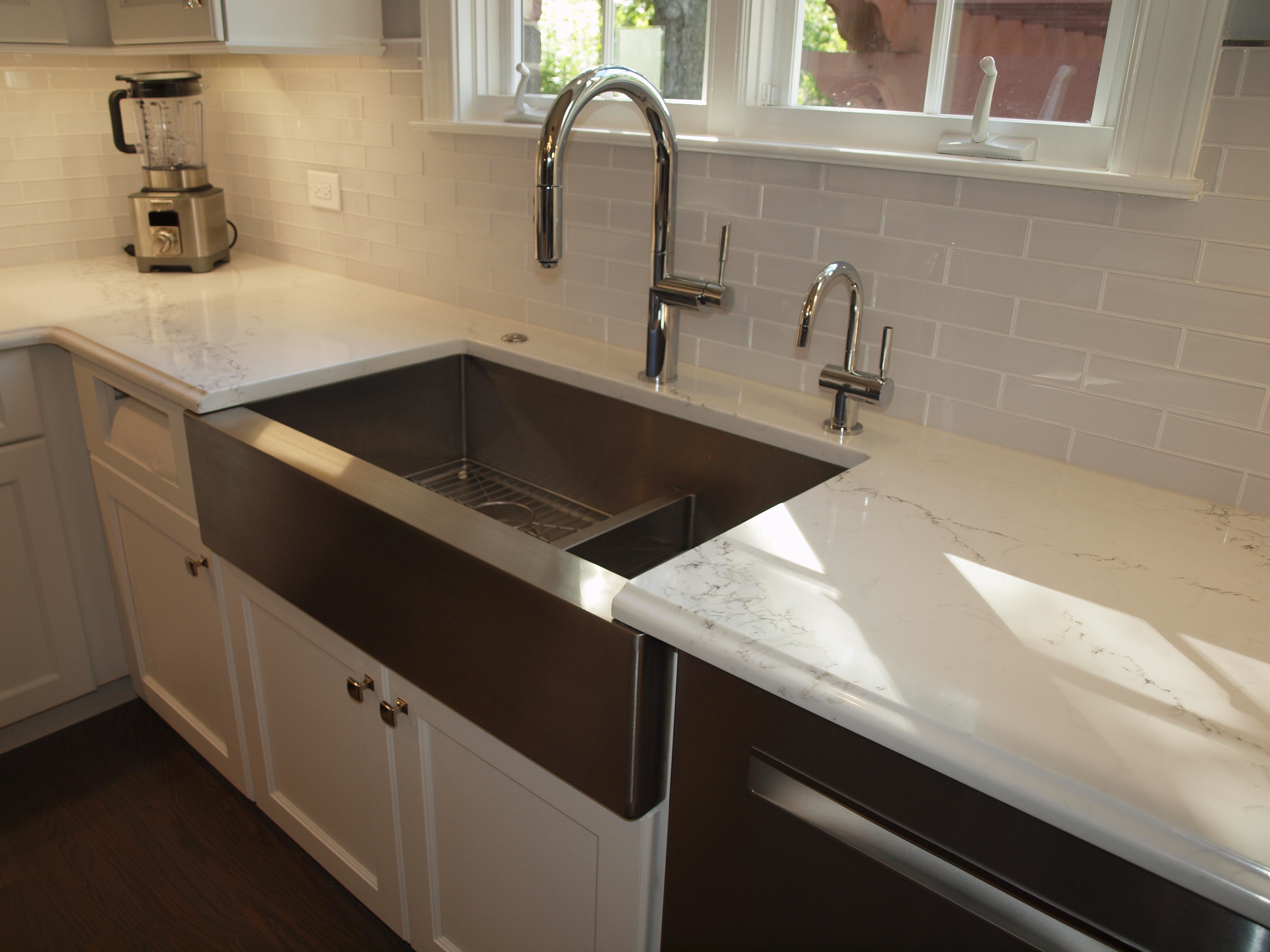
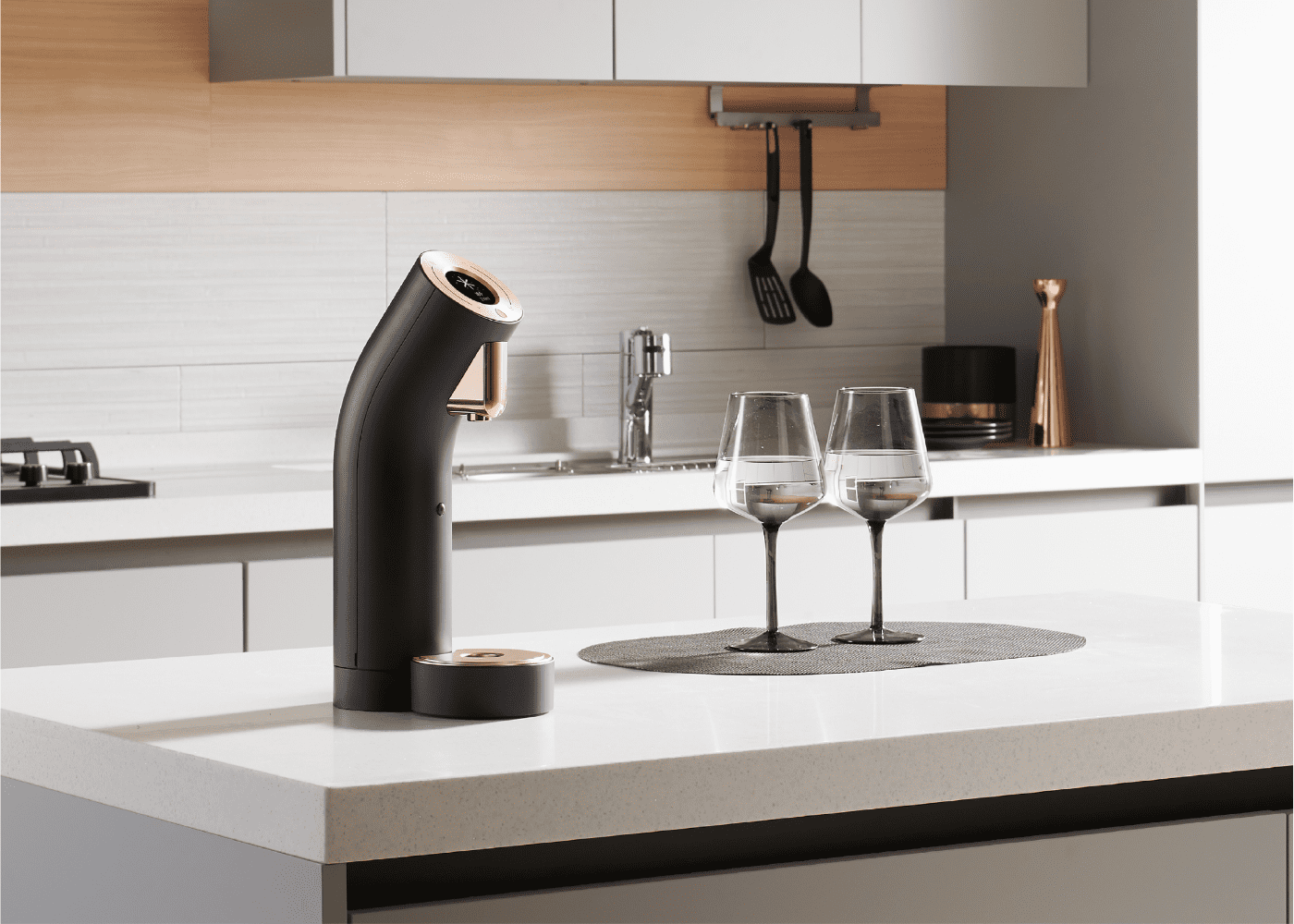

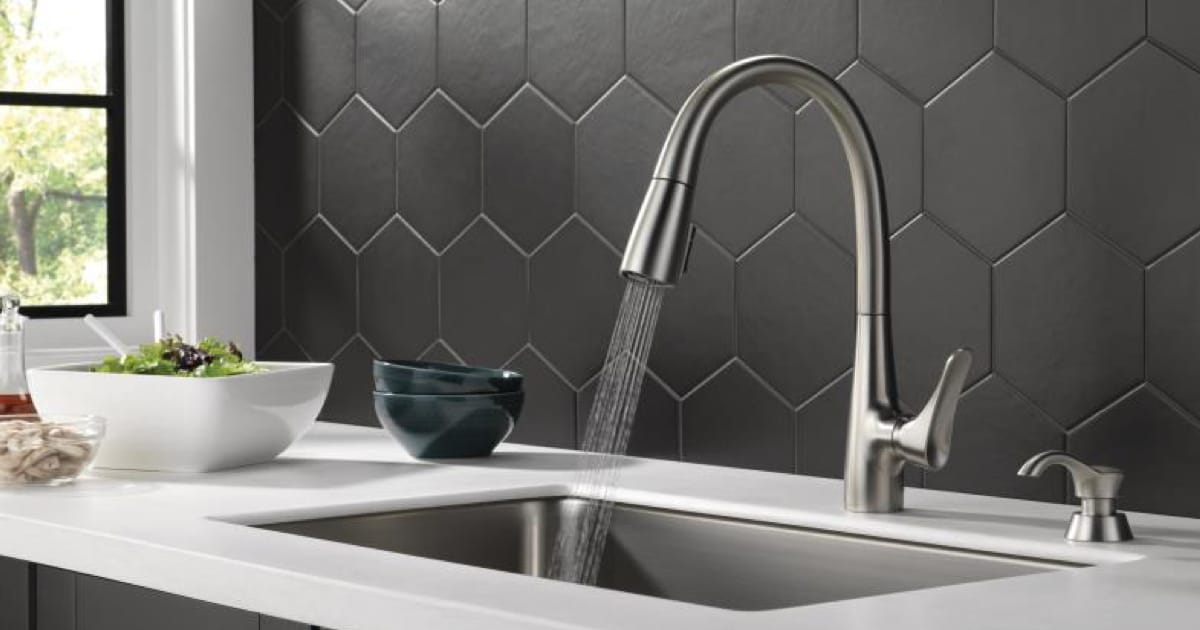
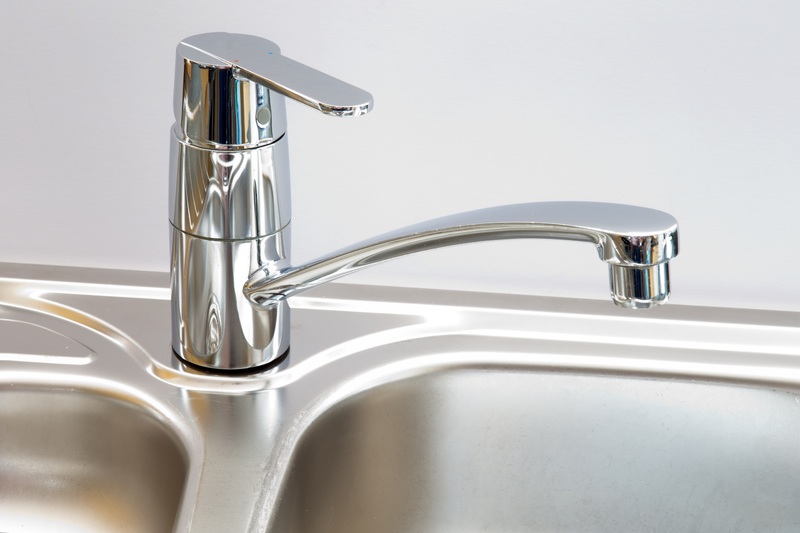

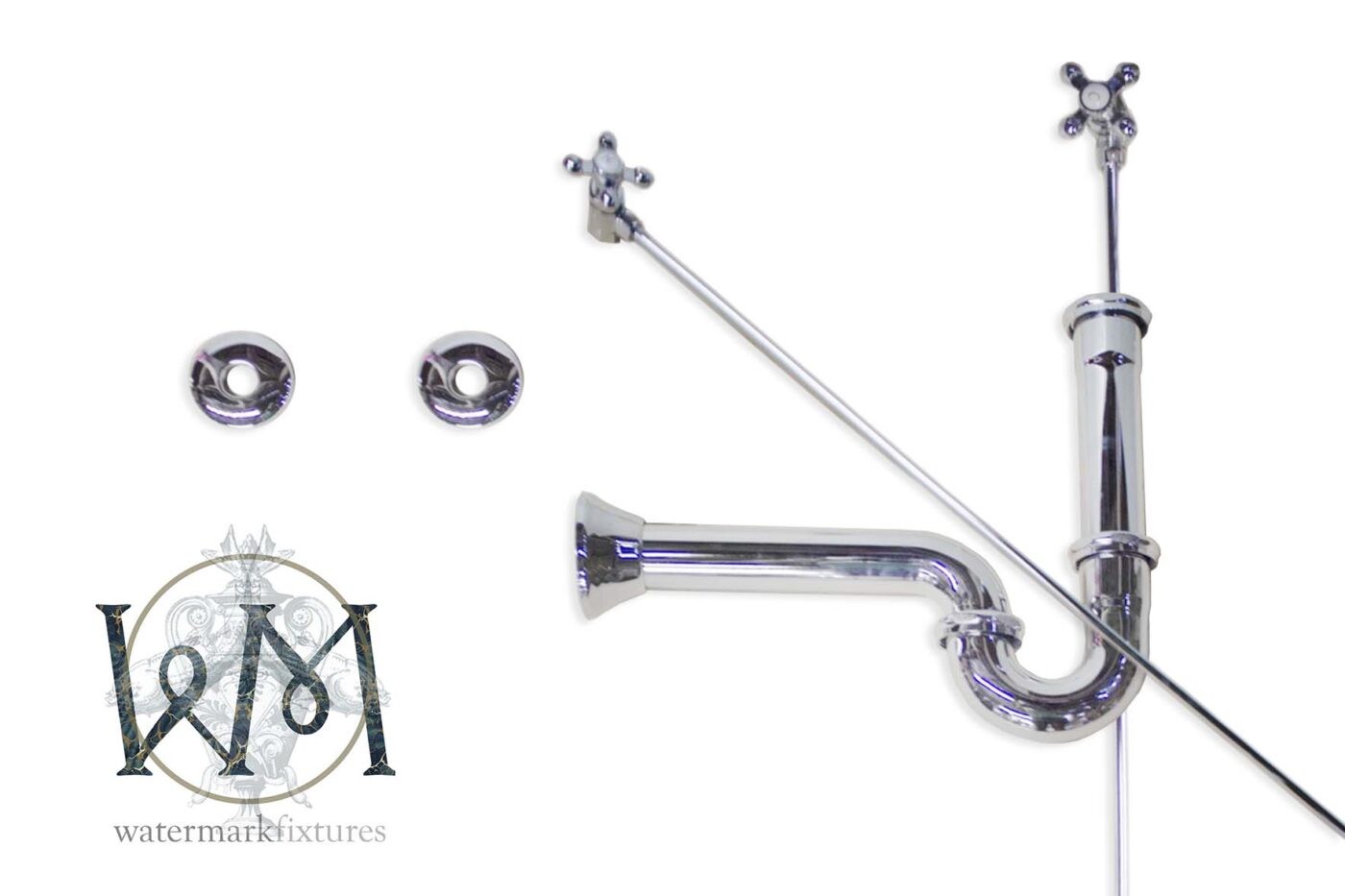
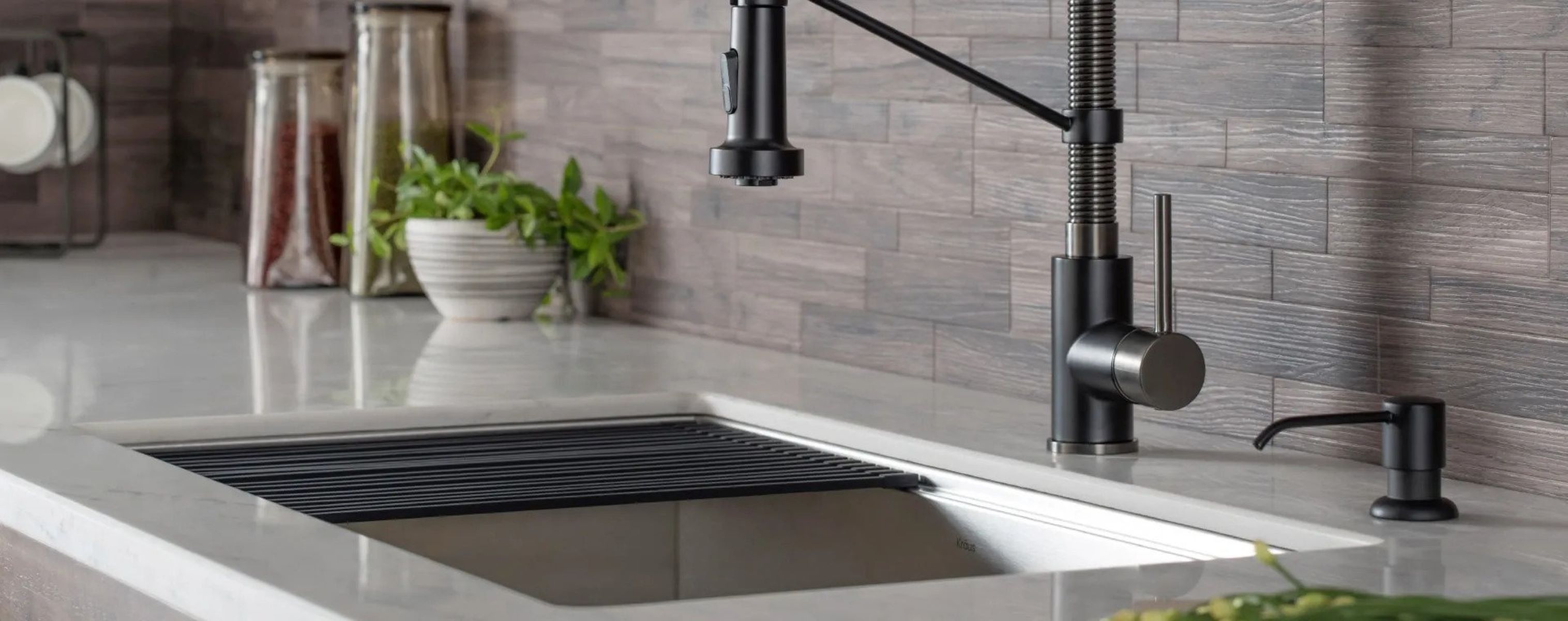

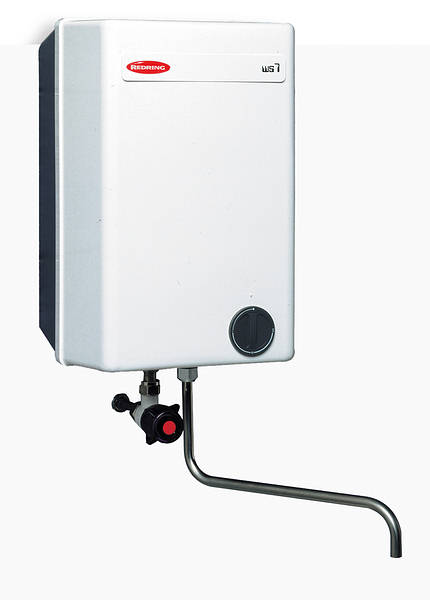



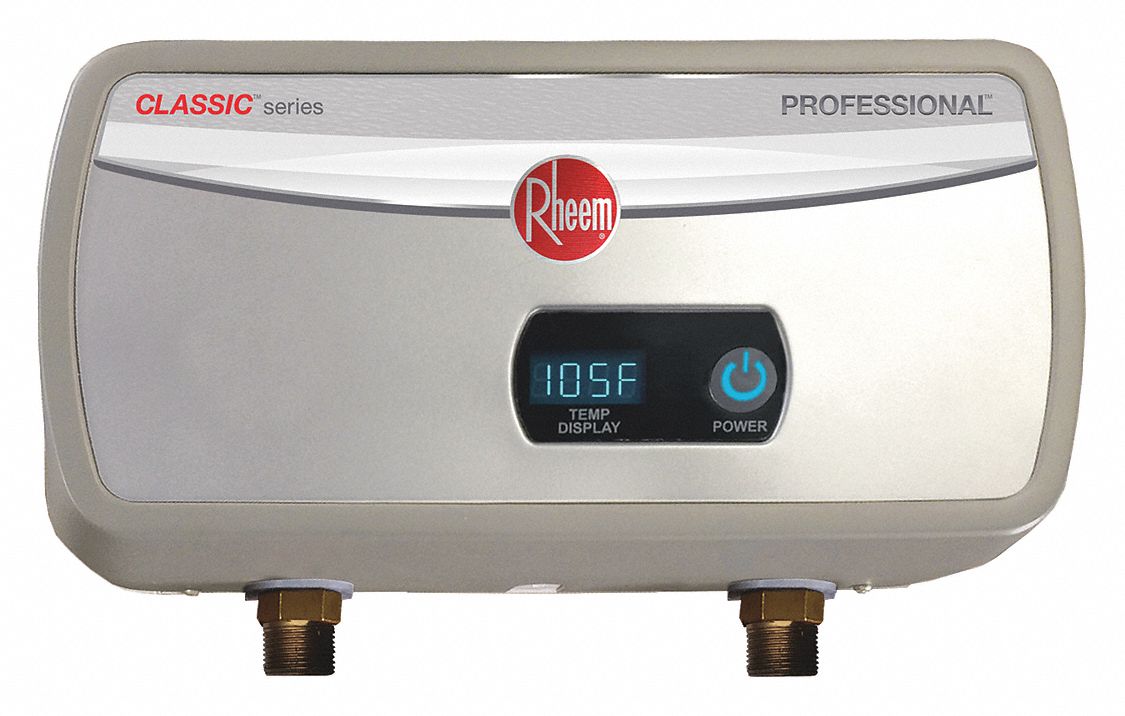

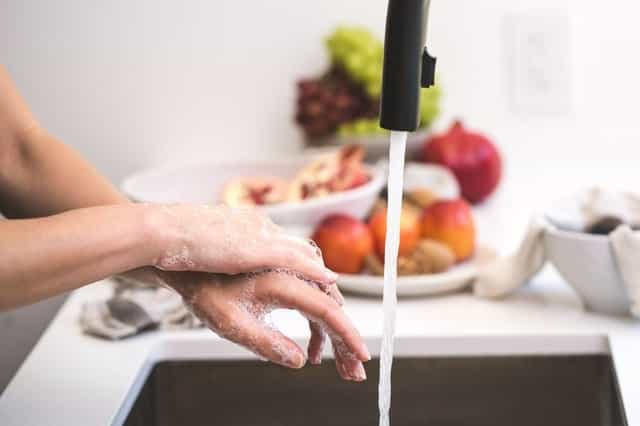



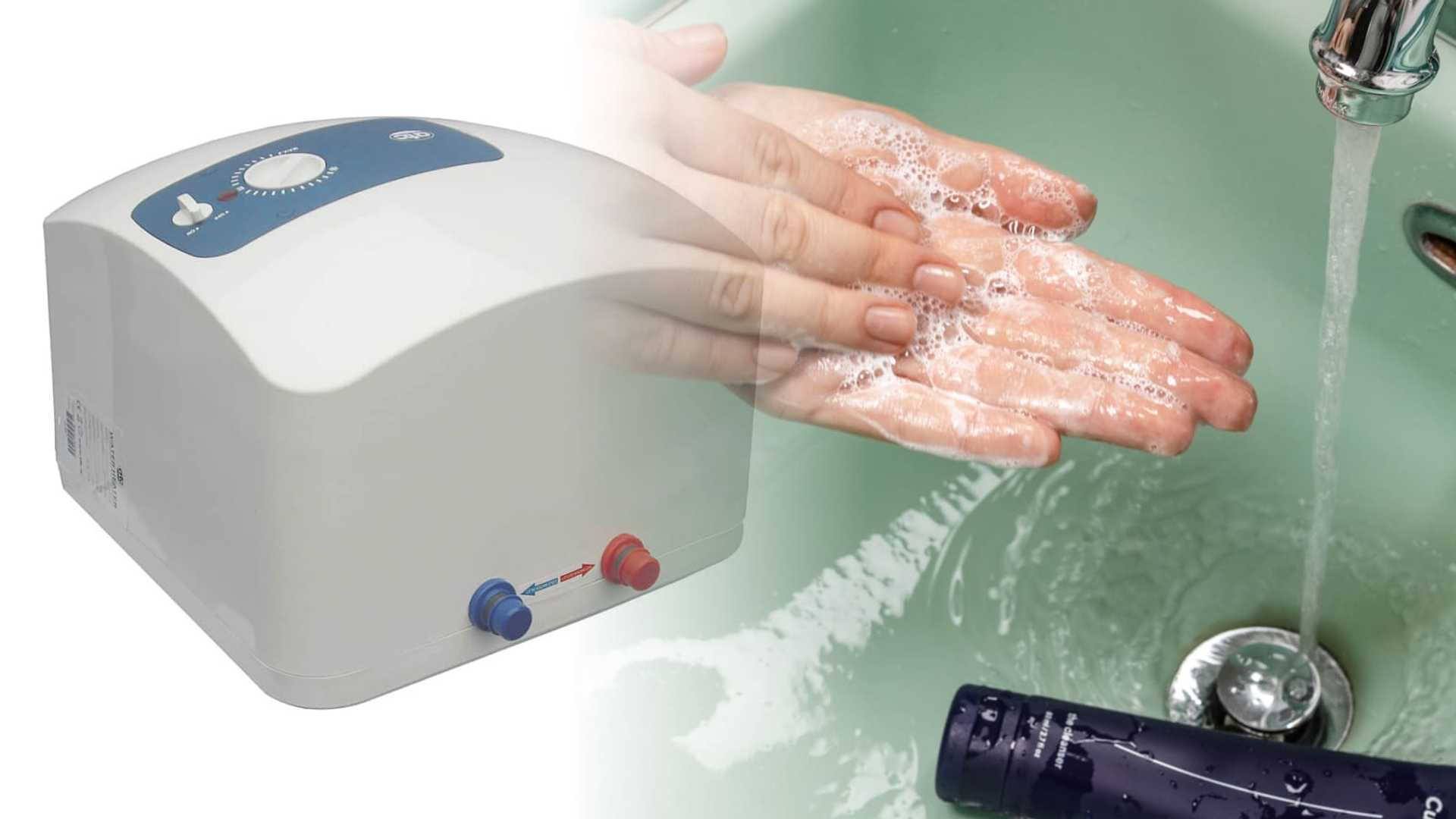













/how-to-install-a-sink-drain-2718789-hero-24e898006ed94c9593a2a268b57989a3.jpg)










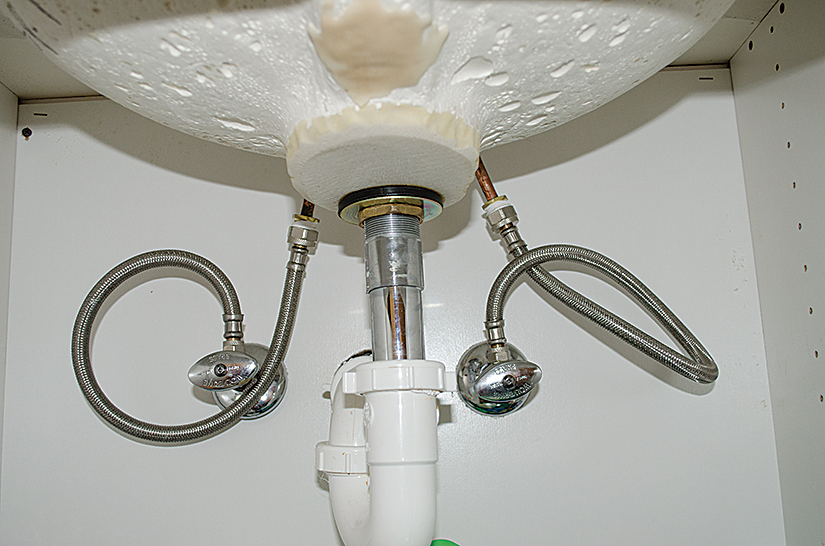
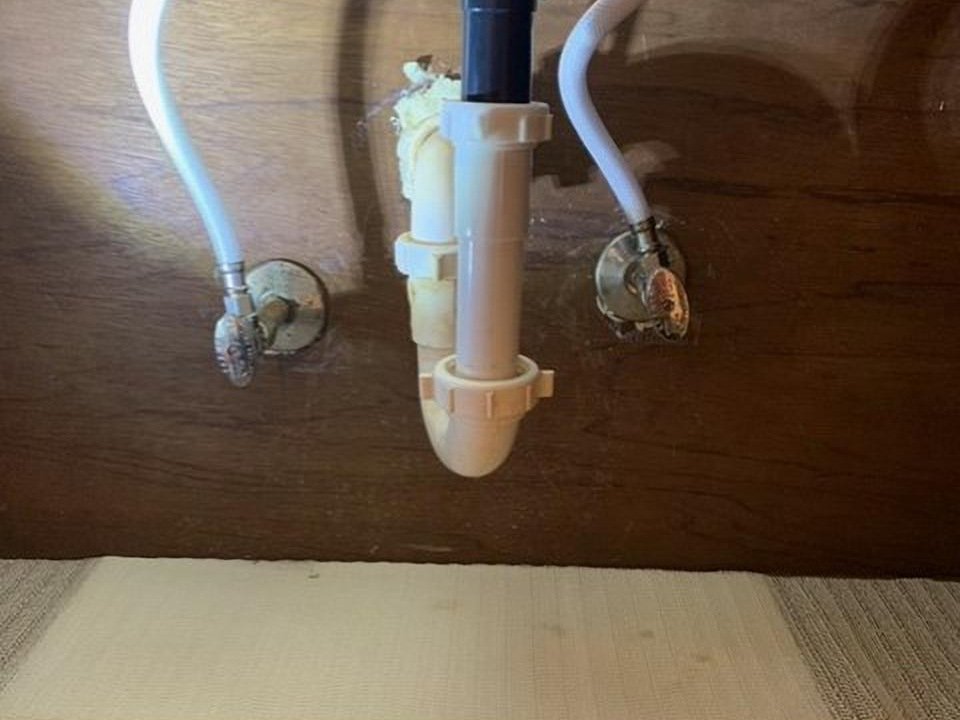




:max_bytes(150000):strip_icc()/water-pipe-under-kitchen-sink-980755656-3ec7719515ab4e269908381b760f7366.jpg)




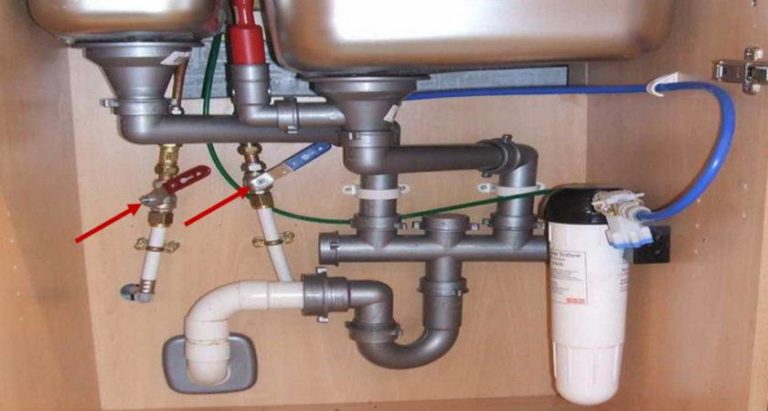




:max_bytes(150000):strip_icc()/under-sink-shut-off-valves-2718738-08-4304c4b5ff2c4bb0a978de13772992f5.jpg)
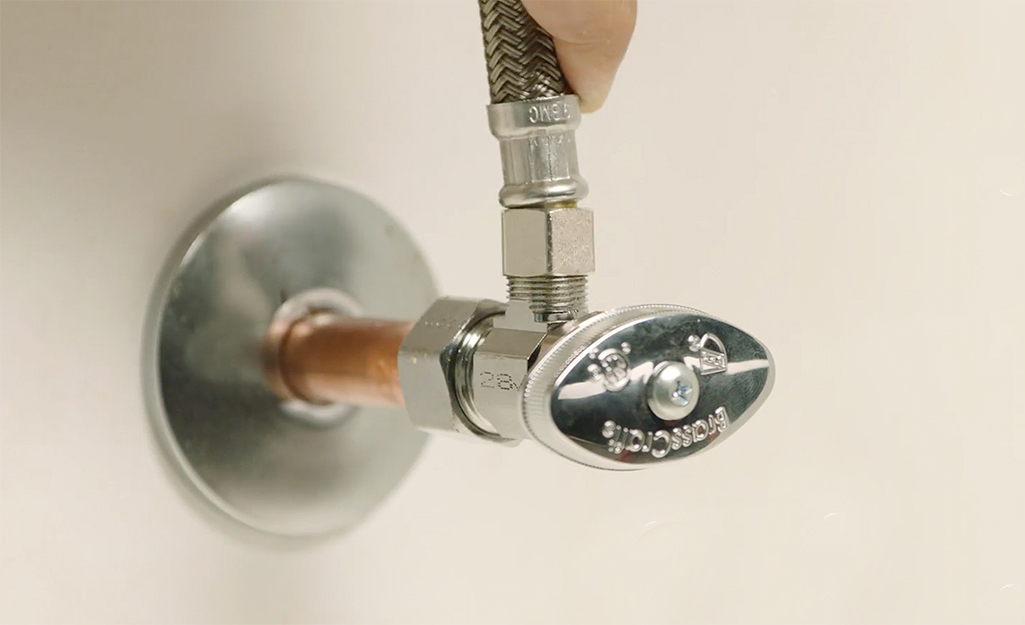
:max_bytes(150000):strip_icc()/sink-pipe-under-wash-basin-119001607-75542e154b364e7bb52032249f293908.jpg)




